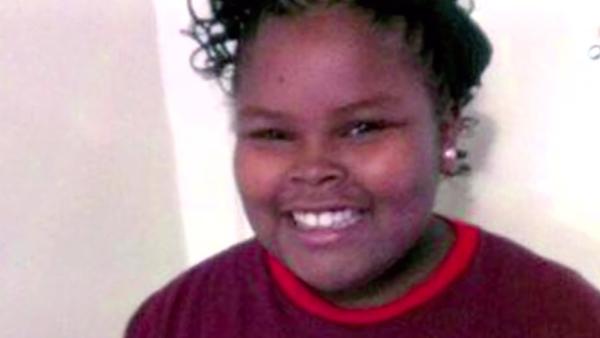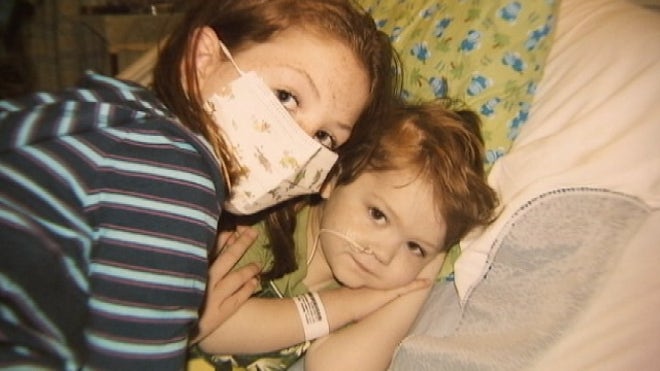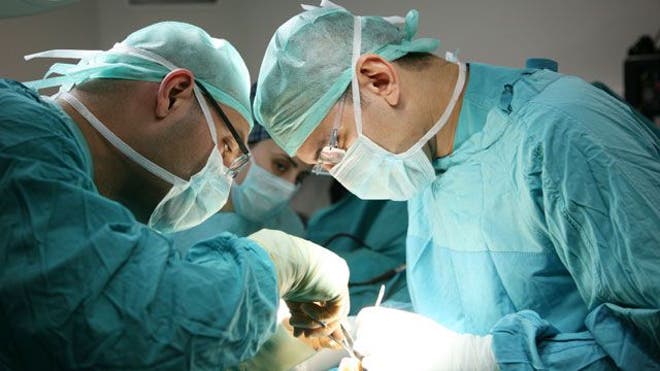Hope Horncastle’s debilitating episodes might once have been dismissed as ‘hysteria’, but doctors are taking her and other young sufferers seriously
For four years, Hope Horncastle, now 16, suffered a mystery condition that confounded her doctors. Her legs would buckle beneath her, her torso would go rigid and she would fall to the ground.
These distressing episodes, called “drop attacks” by doctors, resembled epileptic seizures – except that, unlike epilepsy, in Hope’s case there was no evidence of electrical disturbance in the brain. Despite extensive neurological and other tests, no explanation could be found.
Hope is not alone. More than 5 per cent of children and adolescents referred to Great Ormond Street Hospital’s neurological centre suffer what are officially termed medically unexplained neurological symptoms (MUNS), although the incidence is thought to be far higher in the general population. Most of these patients are girls, with an average age of 13. According to Dr Prab Prabhakar, consultant paediatric neurologist at Great Ormond Street, they tend to experience three different types of symptoms: drop attacks such as Hope’s; loss of movement, vision or hearing; or debilitating but inexplicable pain that sometimes stops them from getting out of bed.
In the past, such episodes might have been labelled as “hysteria” by doctors. Today, they are sometimes referred to as “psychogenic paralysis” or “conversion disorders” (in which a psychological crisis is converted into physical symptoms). Dr Prabhakar argues that “emotive terms” are unhelpful, and that this complex condition should not be dismissed as being “all in the mind”. A study of MUNS patients published in 2012 showed that psychological factors are indeed linked with neurological symptoms in ways that are still not completely understood.
“The symptoms are real in these cases, even though we can’t explain them, and in most cases like Hope’s, persist for at least two years,” he says. “Once we have ruled out any organic cause, we need to look at their impact on the children’s lives.” The symptoms of MUNS, he says, can lead to social isolation and depression.
Source: healcon











